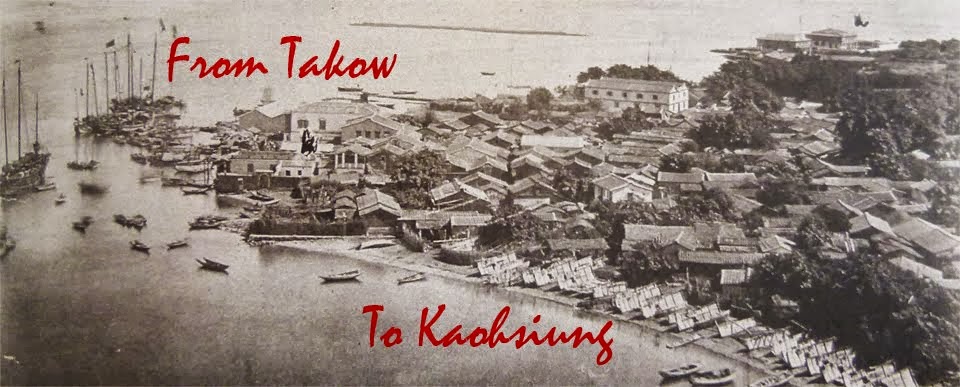subtitle
-- Working draft for upcoming book by Mark Caltonhill, author of "Private Prayers and Public Parades - Exploring the religious life of Taipei" and other works.
Tuesday 1 February 2022
Guanxi (關西) Township, Hsinchu County
Guanxi (關西; lit. "[Mountain] Pass West") was formerly known as 鹹菜甕 (Mdn. Xian-cai-weng; lit; "Salted / Pickled Vegetable Urn"). Some sources refer to it as having been 鹹菜棚 (Mdn. Xian-cai-peng; lit. "Salted Vegetable Awning /Shed") or 鹹菜硼 (in which the "shed" is presumably now made of stone 石 rather then wood 木; possibly a local Hakka or Hoklo usage, as the dictionary definition of 硼 is "boron").
In 1920 during the Period of Japanese Rule, this was changed to 關西 (Jpn. Kansai) as this was similar to the Hakka pronunciation of 鹹菜 [MC: though the Japanese pronunciation of this is just as close, so presumably 鹹菜 was considered inelegant, moreover, the Japanese authorities were cutting Taiwan's place names down to two characters at this time].
Before both of these, the area had a succession of names for short periods. The first attempt by Han-Chinese to cultivate these aboriginal lands was in the 1790s by Quanzhou Fujianese, who called the village 美里 (Mdn. Mei-li; lit. "Beautiful Neighborhood"). Due to harrassment by Atayal aborigines, however, they gave up their land rights almost immediately. Next to try were members of the Wei familiy (sinicized aborigines from Hsinchu who took the Chinese surname Wei 衛), who recruited potential tenant farmers in Xinpu (新埔). They called the village 新興 (Mdn. Xin-xing; lit. "New Rising"), and when the land reclamation was complete and the village grew into a town, this was changed to 鹹菜甕 (and different but similarly-pronounced characters) and, as noted, 鹹菜硼.
Copyright Jiyue Publications 2022
Subscribe to:
Post Comments (Atom)

No comments:
Post a Comment